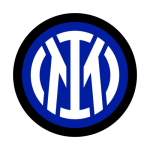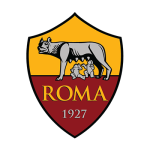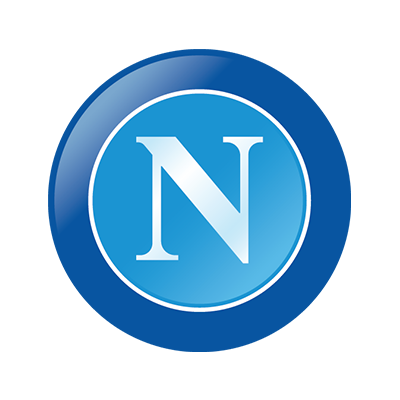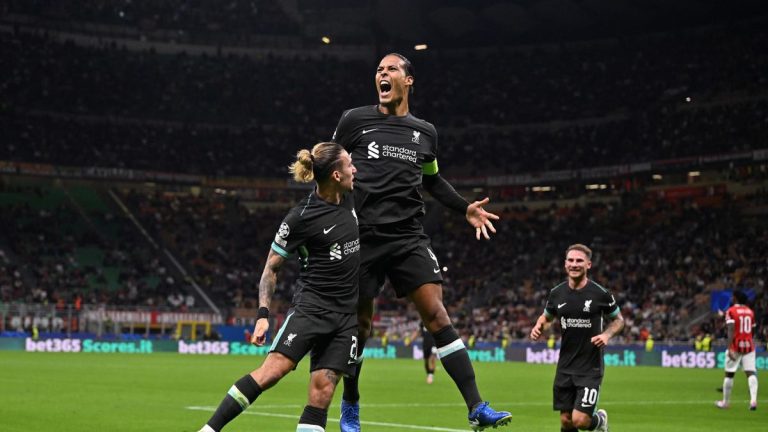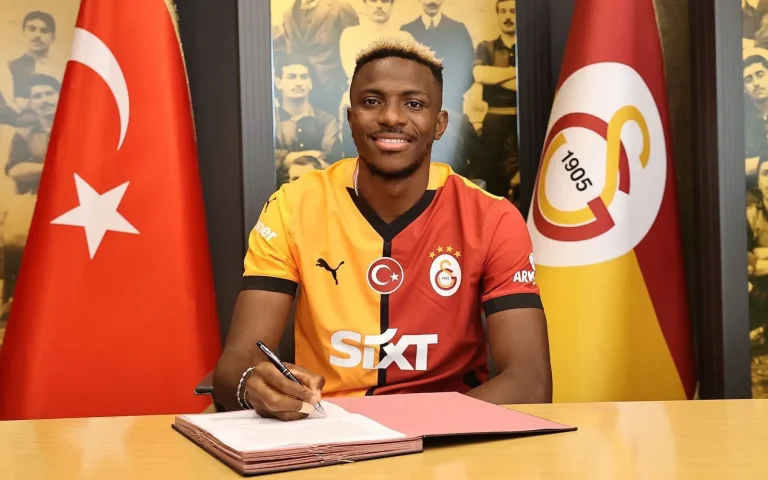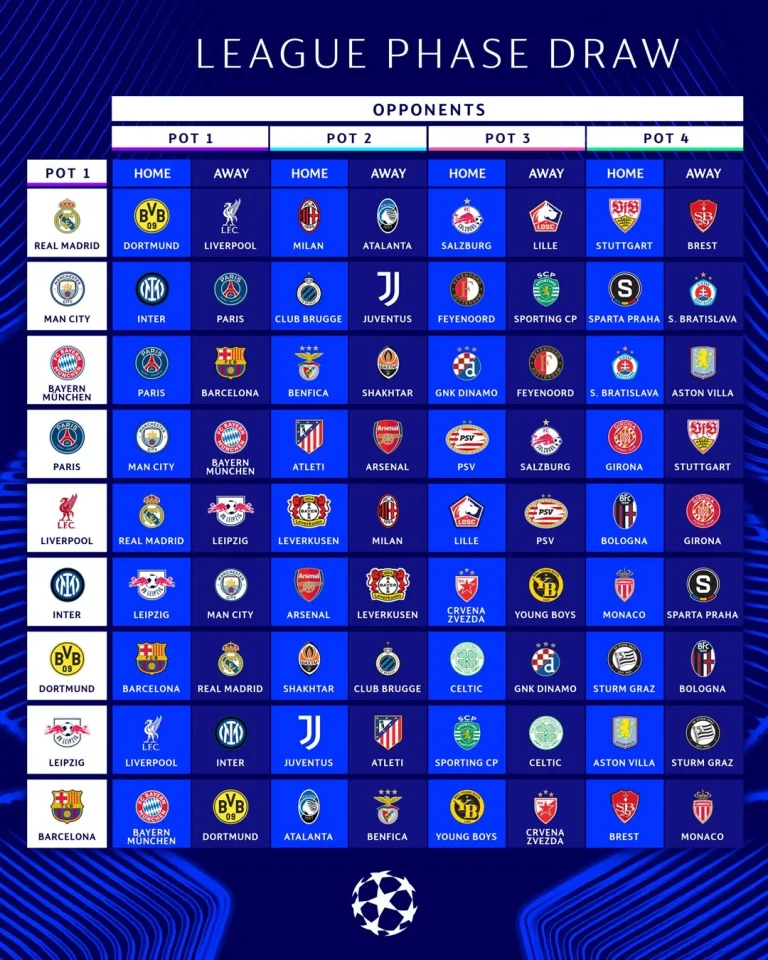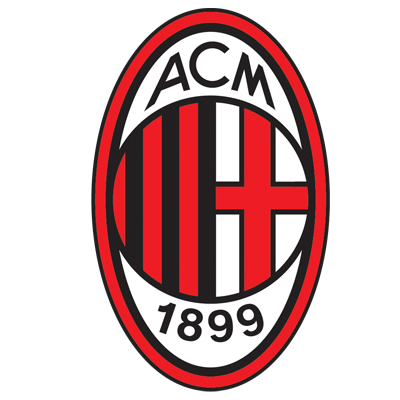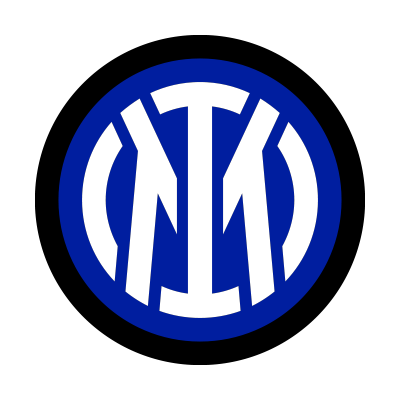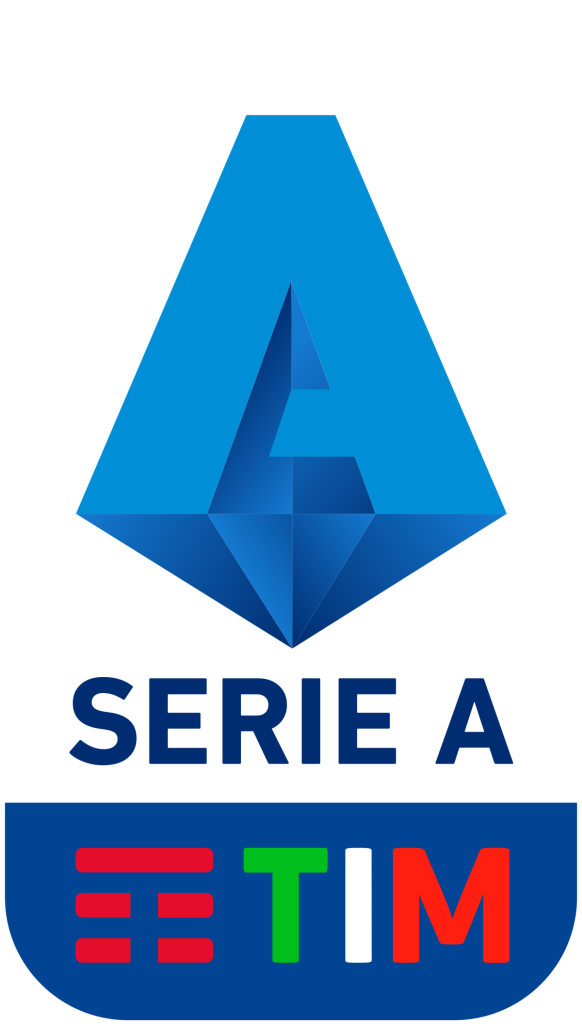
AC Milan
Inter Milan
Juventus FC
AS Roma
SSC Napoli
SERIE A NEWS
History
Serie A, in its current format, began in the 1929–30 season. From 1898 to 1922, the competition was organized into regional groups. Due to the increasing number of teams in these regional championships, the Italian Football Federation (FIGC) split the Italian Football Confederation (CCI) in 1921, leading to the establishment of the Lega Nord (Northern Football League) in Milan, which is the precursor to today’s Lega Serie A. When CCI teams rejoined the FIGC, two interregional divisions were created, renaming categories into divisions and splitting the FIGC sections into two north-south leagues. In 1926, internal crises and fascist pressures prompted the FIGC to change its structure, incorporating southern teams into the national division, culminating in the 1929–30 final format.
The Serie A Championship title is commonly known as the scudetto (“small shield”) because, since the 1923–24 season, the winning team wears a small coat of arms with the Italian tricolour on their strip in the following season. Juventus is the most successful club with 36 championships, followed by Inter Milan with 20 and AC Milan with 19. Since the 2004–05 season, the championship trophy, called the Coppa Campioni d’Italia, has been awarded to the winning club on the pitch after the final match of the season. Although this trophy has been officially used since the 1960–61 season, it was previously handed over to winning clubs at the Lega Nazionale Professionisti’s headquarters.
In April 2009, Serie A announced its separation from Serie B due to disputes over television rights, with 19 of the 20 clubs voting in favor of the split (the relegation-threatened Lecce voted against it). Maurizio Beretta, the former head of Italy’s employers’ association, became the president of the new league.
In April 2016, it was announced that Serie A would be used by the International Football Association Board to test video replays. These replays were initially private during the 2016–17 season before becoming a live pilot phase, with replay assistance officially implemented in the 2017–18 season. FIGC President Carlo Tavecchio stated, “We were among the first supporters of using technology on the pitch and we believe we have everything required to offer our contribution to this important experiment.”
In February 2024, Serie A decided to maintain its 20-club format after 16 clubs voted against reducing the division to 18 teams.
History and Evolution
- Formation: Ligue 1 was formed on 11 September 1932 under the name National. A year later, it was renamed Division 1 and kept this name until 2002, when it became Ligue 1.
- Early Years: The league was initially a 20-team competition, but it has seen several changes in the number of participating clubs over the years. As of the 2023–24 season, it consists of 18 teams.
- Notable Changes: The league adopted a major restructuring in 2023–24, reducing the number of teams from 20 to 18 to increase competition quality and financial stability.
Competition Format
- Season Structure: The Ligue 1 season runs from August to May. Each team plays 34 matches, facing every other team twice (home and away).
- Winter Break: The league pauses for two weeks around Christmas, resuming in early January.
- Matchdays: Most games are played on weekends, with some matches scheduled for weekday evenings.
Promotion and Relegation
- System: Ligue 1 operates a promotion and relegation system with Ligue 2. Typically, the bottom three teams in Ligue 1 are relegated to Ligue 2, and the top three teams from Ligue 2 are promoted to Ligue 1.
- 2023–24 Changes: Four teams were relegated from Ligue 1 and only two were promoted from Ligue 2 to reduce the number of teams in the league to 18.
Stadiums and Attendance
- Largest Stadiums: Some of the largest stadiums include the Stade Vélodrome (Marseille), Parc des Princes (Paris), and Groupama Stadium (Lyon).
- Attendance Records: Ligue 1 enjoys high attendance, with PSG, Marseille, and Lyon drawing the largest crowds.
Financial Aspects
- Sponsorship: Ligue 1 has various sponsorship deals, with McDonald’s being the current title sponsor.
- Broadcasting Rights: The league’s broadcasting rights are significant revenue sources, with deals extending to international markets.
- Financial Health: Ligue 1 clubs have been impacted by financial challenges, leading to the reduction of teams to 18 to ensure better financial stability and competitive balance.
European Competitions
- UEFA Rankings: Ligue 1 is ranked fifth in Europe, behind the Premier League, La Liga, Serie A, and the Bundesliga.
- Champions League: The top teams in Ligue 1 qualify for the UEFA Champions League, with PSG regularly reaching the later stages of the competition.
- Europa League and Conference League: Other teams from Ligue 1 participate in the UEFA Europa League and the newly introduced UEFA Europa Conference League, ensuring broad European representation.
Recent Developments
- PSG Dominance: In recent years, PSG has dominated the league, largely due to significant investment from its Qatari owners.
- Youth Development: Ligue 1 is known for its strong emphasis on youth development, with many young talents emerging from academies across the league.
- International Influence: The league continues to attract international stars, enhancing its global appeal and competitiveness.
Challenges and Controversies
- Financial Fair Play: Clubs in Ligue 1 must adhere to UEFA’s Financial Fair Play regulations, which have impacted spending, particularly for clubs like PSG.
- Competitive Balance: The financial disparity between clubs like PSG and the rest of the league has led to concerns about competitive balance.
Future Prospects
- Growth and Expansion: Ligue 1 aims to grow its international presence through strategic partnerships and broadcasting deals.
- Talent Development: Continued focus on nurturing young talent to maintain its reputation as a breeding ground for future stars.
- Financial Stability: Efforts to ensure the financial health of clubs, including potential reforms in revenue distribution and cost control measures.
Notable Teams
- Going through an offseason overhaul with several new players.
- Notable signings include Christian Pulisic, Yunus Musah, Ruben Loftus-Cheek, Noah Okafor, Tijjani Reijnders, and Samuel Chukwueze.
- Questions remain at center forward position.
- Former captain Paolo Maldini left as technical director.
- Reached Champions League semifinals last season.
- Inter Milan, also known simply as Inter, is another football club from Milan.
- Inter has a fierce rivalry with AC Milan, known as the “Derby della Madonnina.”
- The team has won multiple Serie A titles and has a strong fan base.
- Legendary players like Javier Zanetti, Ronaldo, and Giuseppe Meazza have played for Inter.
- Juventus, based in Turin, is one of Italy’s most successful clubs.
- The team has won numerous Serie A titles and Coppa Italia trophies.
- Juventus is known for its iconic black-and-white striped jerseys.
- Players like Alessandro Del Piero, Michel Platini, and Roberto Baggio have left their mark at Juventus.
- Napoli hails from Naples and competes in Serie A.
- The team has a passionate fan base and plays at the Stadio San Paolo.
- Napoli won their first Serie A title in the late 1980s under Diego Maradona.
- Key players currently include Victor Osimhen and Lorenzo Insigne.


